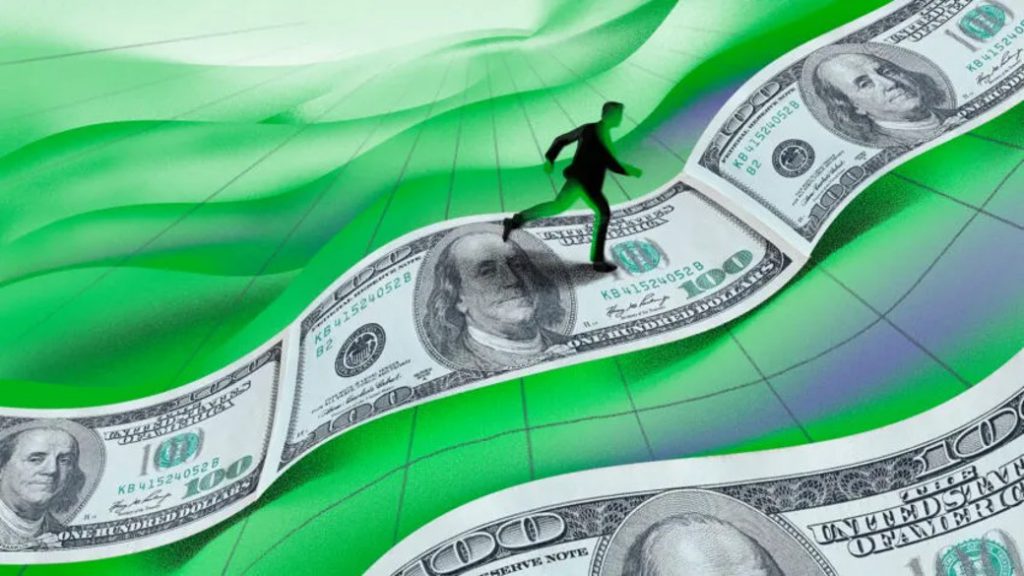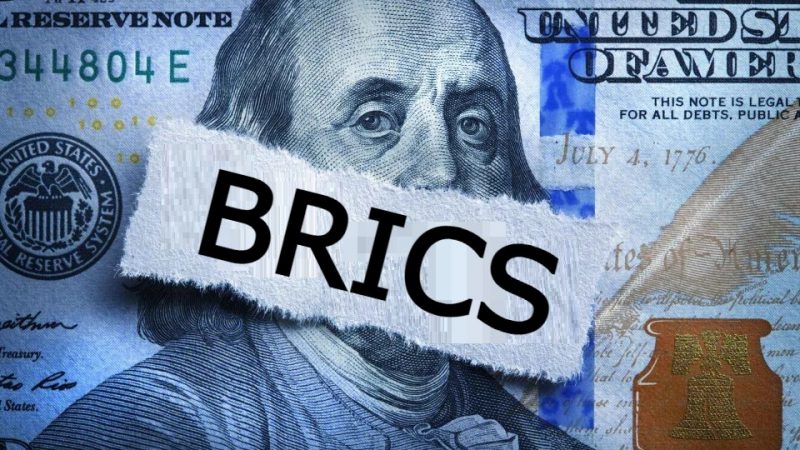The Central Banks of the majority of developing countries are now diversifying their allocations with gold and other local currencies. The U.S. dollar is facing scrutiny due to the $35 trillion debt that could wreak havoc on their native economies if the markets crash or enter a recession. BRICS countries are leading the pack in cutting ties with the U.S. dollar and reinforcing local currencies at the forefront.
Also Read: BRICS: US Markets Could Face Substantial Losses, Analyst Declares
The world reserves in the U.S. dollar are falling as Central Banks are looking at ways to end dependency on the currency. Read here to know how many sectors in the U.S. will be affected if BRICS ditches the dollar for trade.
BRICS: The U.S. Dollar Global Reserves Fall to 59%


The global reserves count of the U.S. dollar has now fallen to 59% in 2024, reported the Atlantic Council The U.S. dollar in reserves stood at 72% in 2002 and has been declining steadily in the last two decades. In 22 years, the USD declined 13% in the markets as developing countries are distancing the currency from their reserves. In no surprise, BRICS member China’s local currency, the yuan, rose 3% during the same period.
Also Read: US Dollar: Indian Rupee Ranks Second Worst in August
In addition, the Euro has also declined by 19% from 28% in 2008. The Euro saw a downfall of 9% in just 16 years. “The Euro has now fallen to 19%, from 28% in 2008. By the way, the Yuan has risen to 3%, a threefold growth since 2016,” said Spokeswoman of Russia’s Ministry of Foreign Affairs, Maria Zakharova.
Also Read: BRICS: Goldman Sachs Makes Major US Recession Prediction
BRICS is promoting the usage of local currencies for cross-border transactions adding pressure on the U.S. dollar. If the de-dollarization trend continues, the global reserves in the USD could fall below 50% in the coming decades. The development could ring warning bells on the U.S. economy leading to financial disasters and stock market crashes.





